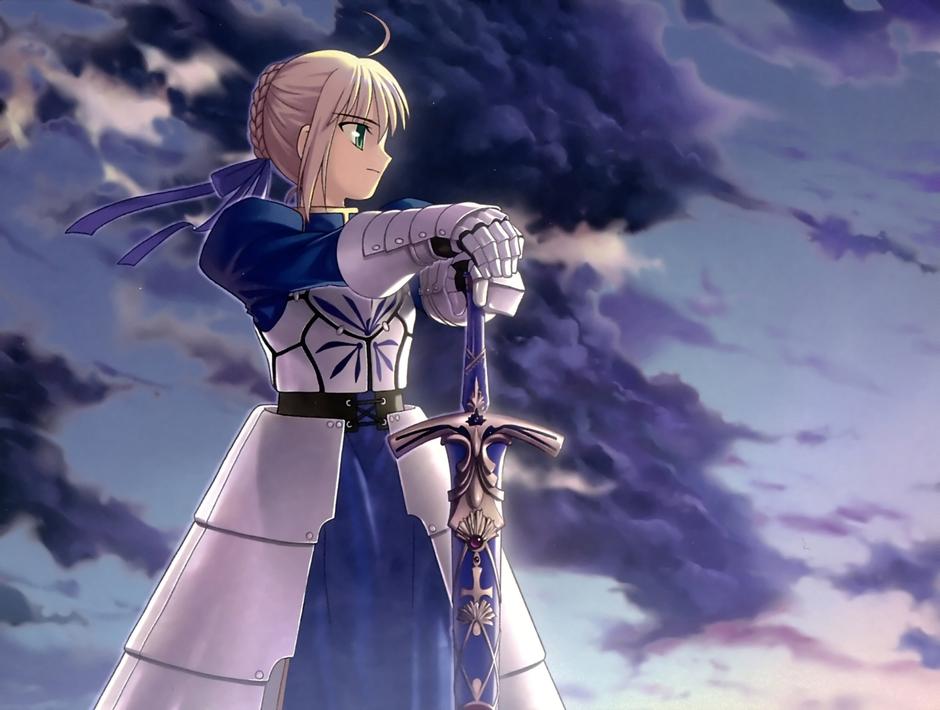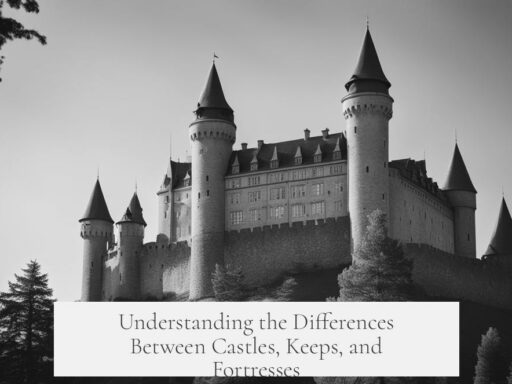We know what happened to the Spartan 300 chiefly through historical records, especially the writings of Herodotus, who offers the most detailed account of the Battle of Thermopylae. He narrates how King Leonidas led a small Greek force of about 7,000 men, including 300 Spartans, to hold a crucial pass against a massive Persian army. After two days of fighting, a secret mountain path was used by the Persians to outflank the Greeks. Leonidas and his 300 Spartans remained behind and fought to the death, allowing the rest to retreat.

The primary source on this event is Herodotus’s Book 7, written within livingmemory of the battle. Herodotus visited Thermopylae and memorized the names of the fallen Spartans, giving his account substantial credibility. Additional sources and Greek traditions, amplified by Spartan self-image, largely support his version, lending us reliable information about the battle’s main events and outcome.
While the movie “300” dramatizes the story, it balances entertainment with the core historical framework. However, many popular myths diverge sharply from reality. For instance, the Persians did not use elephants or war rhinos, and the Immortals, an elite Persian force, were conventional soldiers, not supernatural warriors. Other fanciful ideas like “Ancient Black Ops” or secret Spartan “Krypteia” forces lack historical basis and should be set aside.

Later historians such as Diodorus provide alternative views, but these are less detailed and less supported than Herodotus’s account. Modern historians weigh these sources carefully and conclude that while details may vary, the overall story of the Spartans’ heroic last stand aligns consistently with the evidence.
- Herodotus provides the key detailed historical source on the 300 Spartans.
- The Spartans’ defense at Thermopylae is well-documented through Greek traditions and independent sources.
- The popular movie “300” captures the broad event but exaggerates many elements.
- Common myths, like war rhinos or secret Spartan forces, lack historic support.
- Later historians offer variations but do not overturn the main account.
How Do We Know What Happened to the Spartan 300?

The story of the Spartan 300 at the Battle of Thermopylae comes to us mainly through ancient historical writings, with Herodotus as the primary source, supported by archaeological evidence and later historians. Despite Hollywood’s dramatizations, we have a solid, factual foundation about what actually happened.
Let’s break down how historians piece together this iconic tale that’s inspired countless books, movies, and debates.

The Real Battle of Thermopylae: A Quick Snapshot
Imagine a narrow mountain pass on the coast of Greece, where a Greek force of roughly 7,000 men faces the might of the Persian Empire’s massive army. Leading this small band is King Leonidas of Sparta and, crucially, his personal bodyguard detail of 300 Spartans. The Spartans stand as the spearhead of resistance.

For two days, they hold the line firmly. The Persians launch wave after wave of attacks but fail to break the Greek defense. However, on the night of the second day, things change dramatically. The Persian Immortals—an elite force—find a hidden mountain path to flank the Greeks. Once informed, the majority of the Greek army retreats; Leonidas and his 300 Spartans stay behind and fight to their deaths, bought at the cost of delaying the Persians’ advance.
So… How Do We Know This? Meet Herodotus, Father of History

The chief reason we know so much about the Spartan 300 is the ancient Greek historian Herodotus. Born just after the battle, Herodotus traveled extensively and interviewed witnesses and locals. In his work Histories, especially Book 7, he offers the most detailed contemporary account of Thermopylae.
Herodotus even claims to have memorized the names of all 300 Spartans who died! This level of detail suggests he had access to firsthand or nearly firsthand sources. Visiting the actual battlefield gave him unique insights into terrain and strategy that enrich his descriptions.
While Herodotus wrote decades after the event, his account remains the cornerstone of our understanding. Other sources, though scarcer and sometimes conflicting, generally support his narrative.
Separating Fact from Fiction: What the Movies Get Wrong
Enter Hollywood’s 300. Zack Snyder’s visually striking film throws in war rhinos, monstrous “Immortals,” and epic, stylized combat. While entertaining, these embellishments are far from historical.
The real Persian army had no elephants or rhinos. Their Immortals were elite but hardly disfigured, demon-like warriors. Such exaggerations feed myths rather than facts.
Understanding this contrast highlights the importance of looking past popular culture to history’s actual checkpoints.
Cross-Checking History and Understanding Its Limits
The Spartan image as fearless warriors who died heroically at Thermopylae stacks up well in historical sources. Still, no ancient history is without questions. Later historians like Diodorus Siculus provide alternate versions, suggesting variations in how the battle unfolded.
For instance, differences occur in how much the entire Spartan force died and details about the Persian maneuvers. These variations show that while the broad strokes are reliable, some particulars remain debated.
Nonetheless, combined archaeological data, other Greek sources, and the serious cultural memory of Sparta contribute strong corroboration. The heroic last stand is not just myth but grounded in observable evidence.
Myth Busting: No “Ancient Black Ops” Here
Some modern writers have spun fanciful tales about Spartans belonging to secret ultra-elite squads known as the Krypteia, or “ancient black ops.” This notion does not appear in historical records and is a modern invention. It distorts the straightforward heroism and strategy documented by historians.
Understanding the Spartan 300’s story means discarding such unfounded myths and focusing on reliable, verified information.
Why Does This Matter Today?
The Thermopylae story endures because it exemplifies courage, sacrifice, and tactical ingenuity. Its true history teaches us about ancient warfare, leadership, and cultural memory.
By recognizing how historians like Herodotus documented events and learning to spot exaggerations, we gain a clearer picture, informed by evidence rather than entertainment.
We also appreciate the Spartan 300 not just as mythical heroes but real people who faced overwhelming odds with resolve.
Bringing It All Together
- Herodotus is the primary source, providing detailed eyewitness-informed history.
- The Spartans’ stand lasted two days, crucially buying time for Greek city-states.
- Popular films add dramatic flair but stray far from verified facts.
- Later historians and archaeology help confirm broad events though details may vary.
- Myths like “ancient black ops” Spartans are modern fabrications with no basis in fact.
The Spartan 300’s tale is a blend of well-documented history, cultural storytelling, and centuries of myth-making. Knowing the layers behind it helps us respect the real story and the humans who lived it.
So next time you watch a dramatic retelling, ask yourself: What part is true, and what belongs to legend? That’s the exciting challenge of unraveling history.



